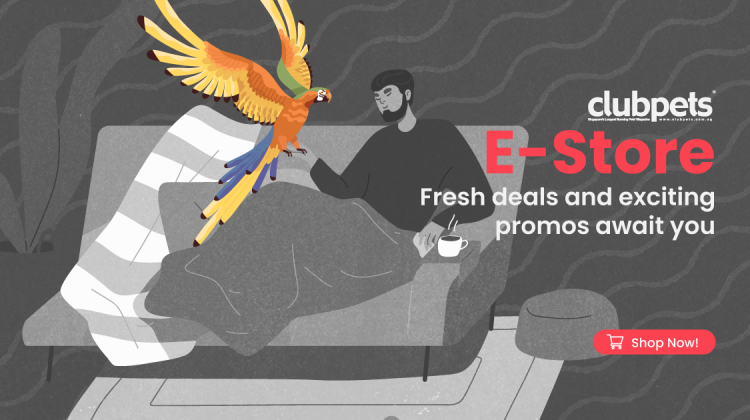Feline Body Language: Understanding Your Cat’s Behaviour
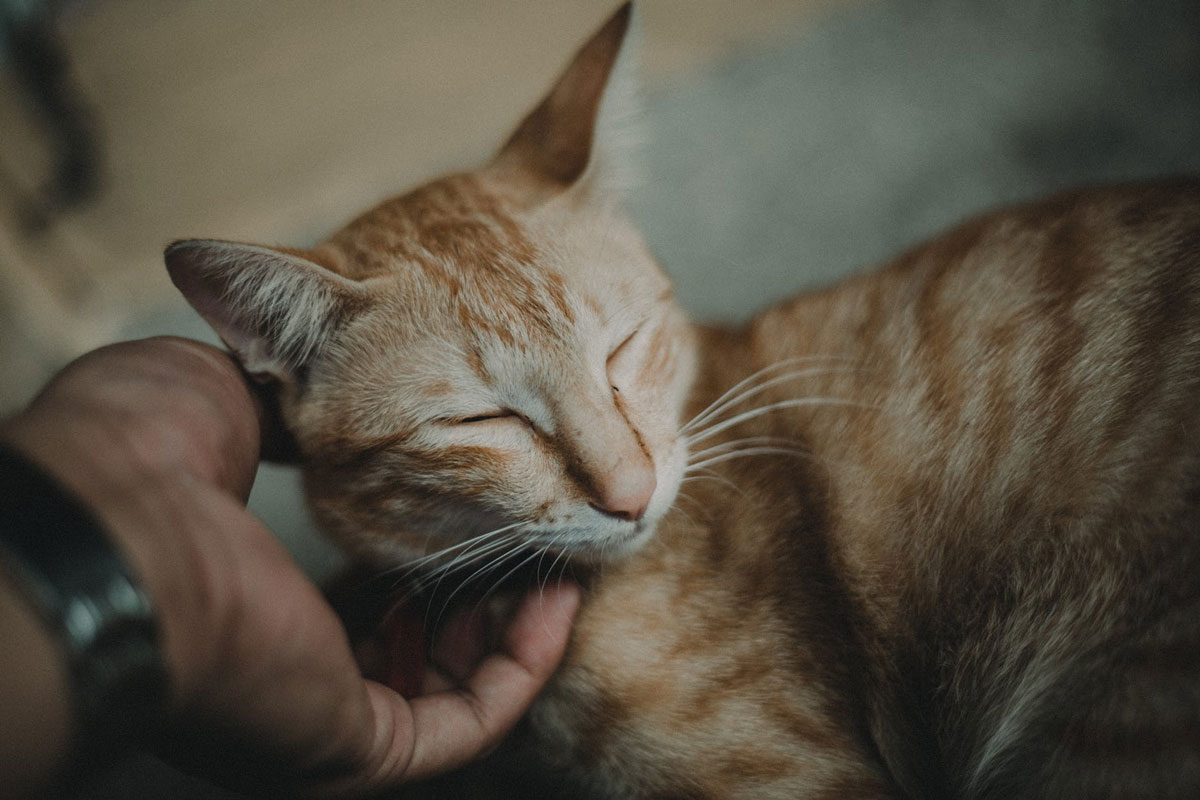
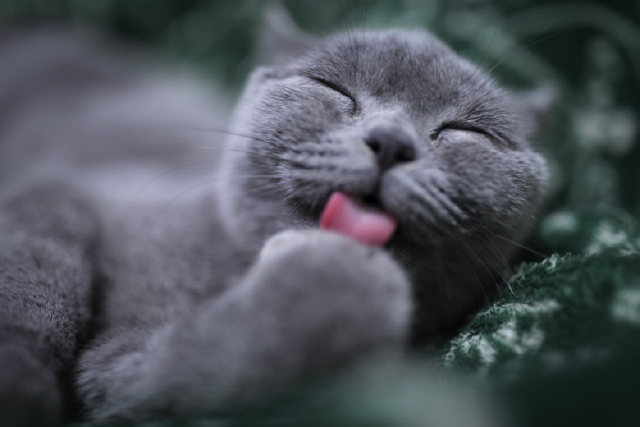
Cats and dogs have always been compared, especially when it comes to their behaviour. Often, cats are seen to be aloof, uncaring and mean, while dogs are seen as friendly, loving and excitable. While these stereotypes have a certain degree of truth to them, not all cats fit within the stereotypes. Cats are just as capable of portraying their emotions and love, though it may not always be as straightforward.

Understanding a cat requires you to pay close attention to its body language. While they can be vocal, a cat’s body language speaks volumes. As a cat owner, it’s essential that you are able to decode your feline’s body language to better communicate with them. Knowing and understanding their body language is also a way to deepen your bond with Kitty and may potentially save you from avoidable scratches.
The Fluttering Blink
When your cat greets you with slow, languid blinks, it is a sign of affection and trust. To felines, the act of shutting its eyes in front of a person or another cat is the ultimate expression of trust. In return, show your cat that you are aware of its presence and that it is not a source of threat by blinking slowly back at it.
The Direct Stare
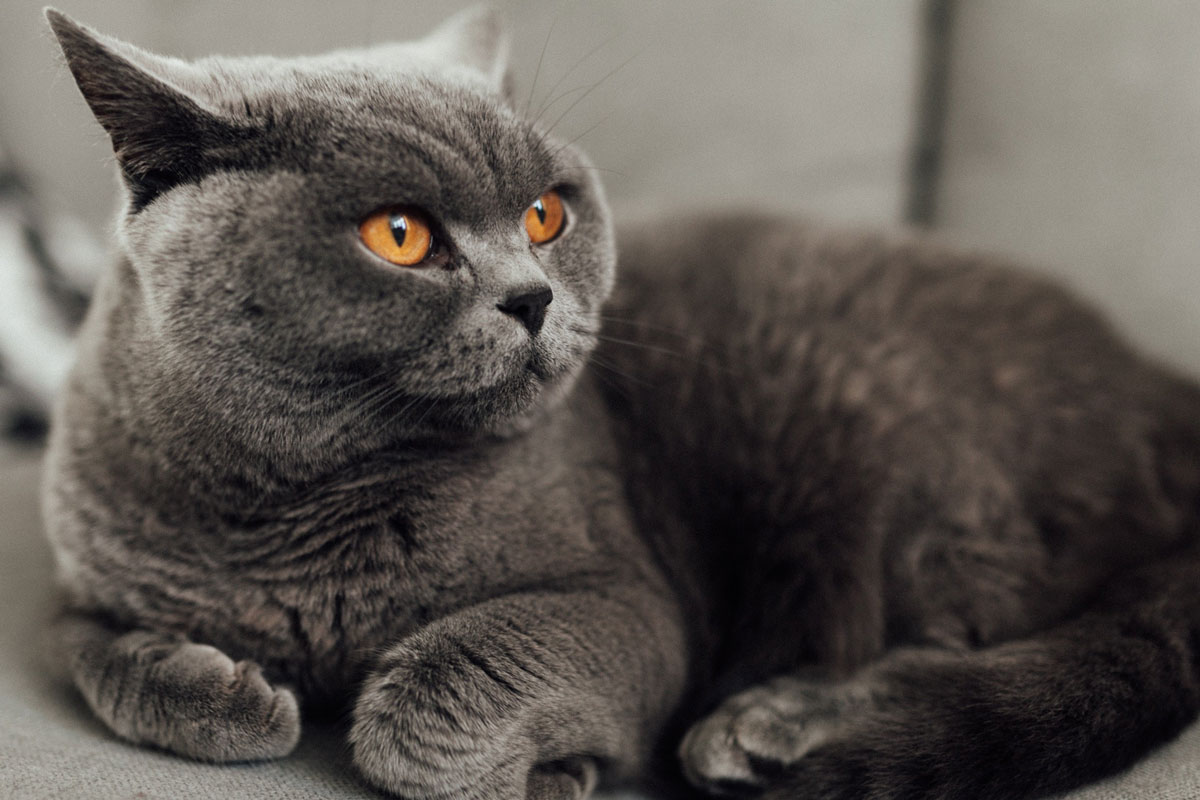
Most cats find a direct stare as a form of threat. This may incite feelings of fear or anger. A frightened feline can be identified by wide eyes and dilated pupils. This dilation occurs to help your cat capture as much visual data as possible. However, it’s the opposite happens for an angry cat. Its pupils are narrowed or constricted for a sharper focus on the details.
Because of its dislike of being directly stared at, cats tend to gravitate to towards individuals that pay the least attention to them. However, do note that a cat’s eyes will also react to ambient lighting. Hence, do consider the situation in whole before coming to a conclusion on whether your feline is angry or afraid.
Tell-Tail Signs
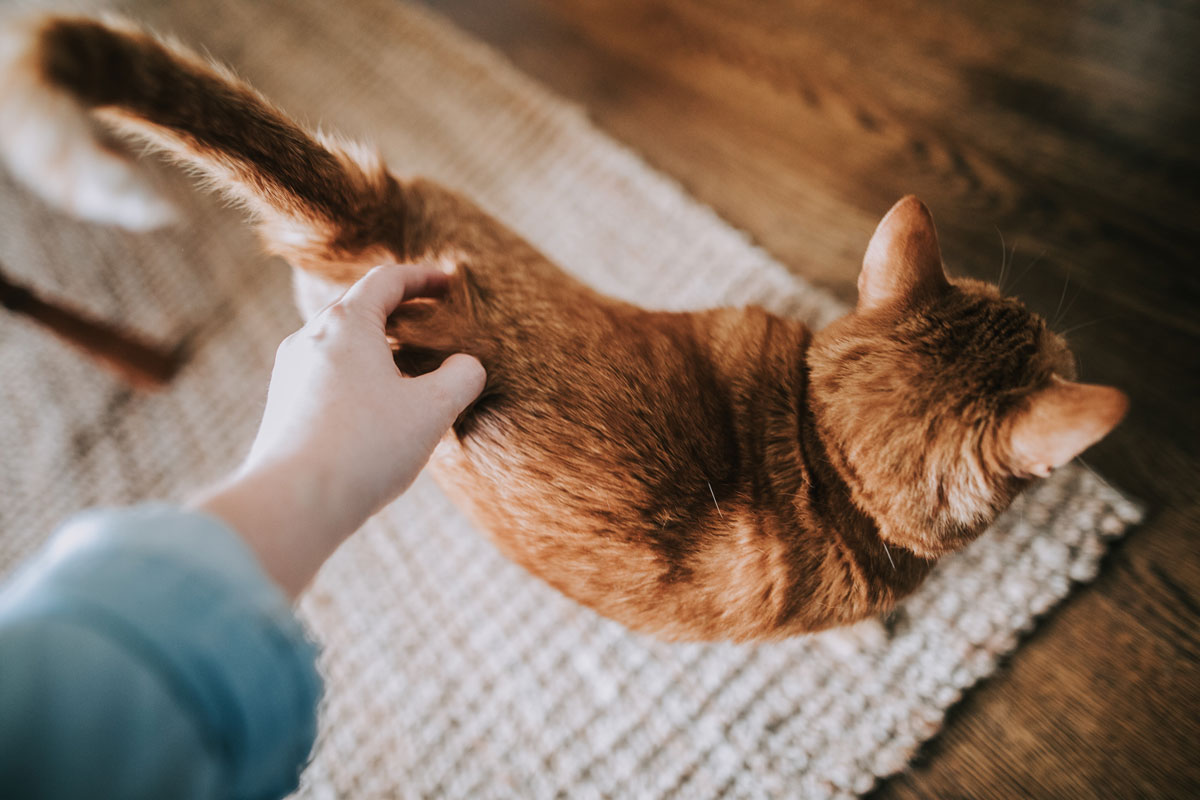
The cat’s tail is often an accurate barometer of its present mood. When its tail is sticking upright or is a little curled, it implies that your cat is in a good mood or feeling friendly. When its tail is tucked downwards or between its back legs, it signifies anxiousness or insecurity.
If your cat’s usually smooth tail abruptly adopts an upright bottle-brush stance, this is an indication that it is feeling threatened or distressed. Together with an arched back, unsheathed claws, and standing hair on the spine, it signifies that your feline is terrified and is trying to intimidate the source of the threat. When your cat is in this state, it may take a swipe at you if it sees you as a threat. Stay away from it and wait for it to calm down before approaching it.
Ear Positions
Apart from its eyes and tail, the ears are great indicators of your feline’s mood. When its ears are upright, your cat is at ease or at attention. However, if they are flattened or turned back, it is an indication that your feline is frightened or angry. It’s wise to back off when you see your cat’s ears are flattened.
Flat or Raised Fur
When cats feel threatened, they often puff up their fur to appear bigger to prospective predators. If your pet is puffed up with an arched back, chances are it is feeling furious. Speak in calm tones and check for the root of its fear. On the contrary, if your cat’s fur is flat, this indicates that it is feeling fine, especially if it rolls around you and exposes its belly. However, keep in mind that cats are unlike dogs and may not be looking for belly rubs when they assume this position.
Whisker Movements
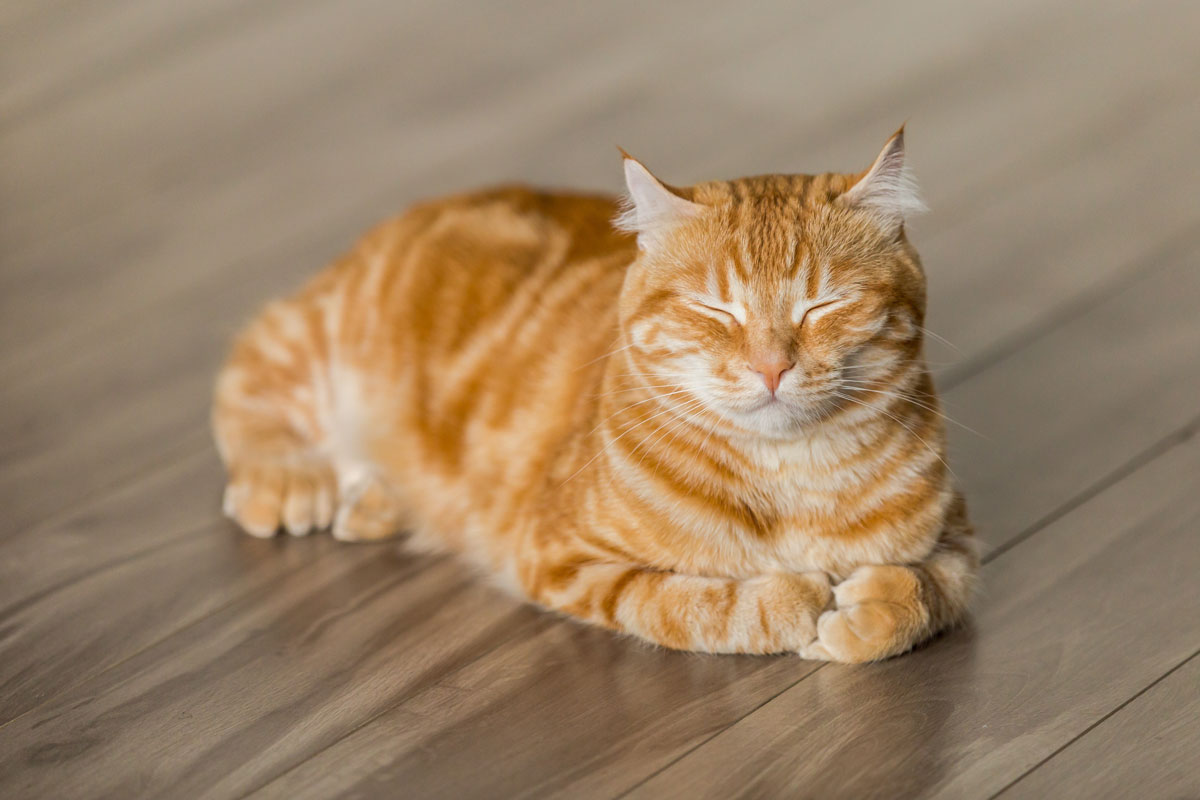
Lastly, pay attention to their whiskers. A relaxed cat will usually set its whiskers out from its face, causing it to be less noticeable. However, when it’s worried, it might hold its whiskers flat touching the face. An additional sign of a frightened cat is the licking of lips (when it’s not mealtime) or when excessively grooming.


